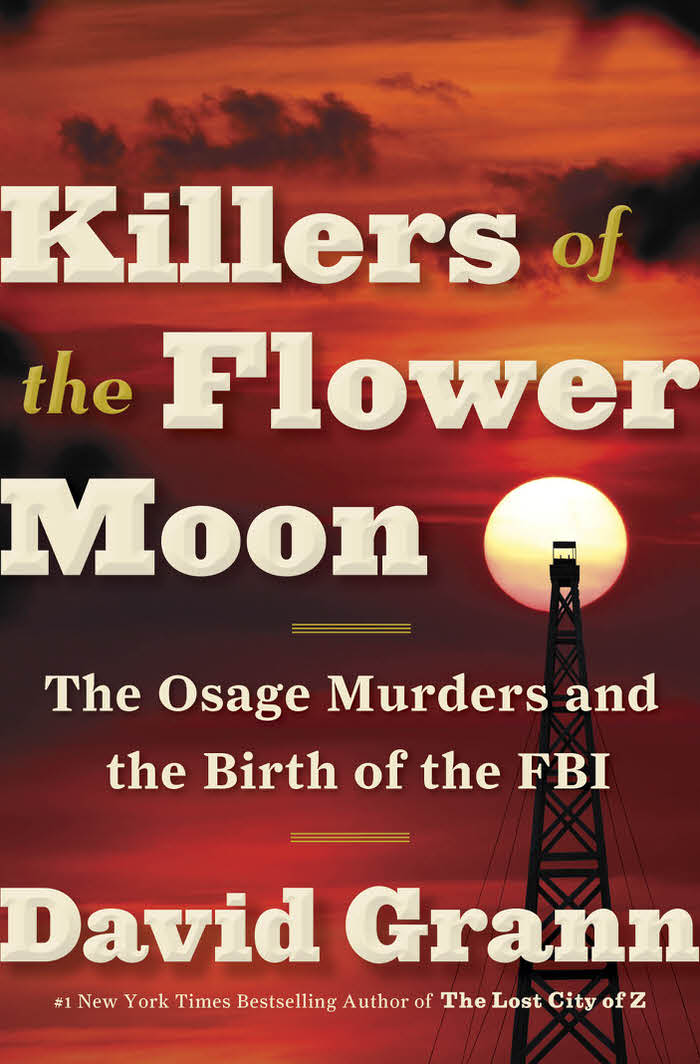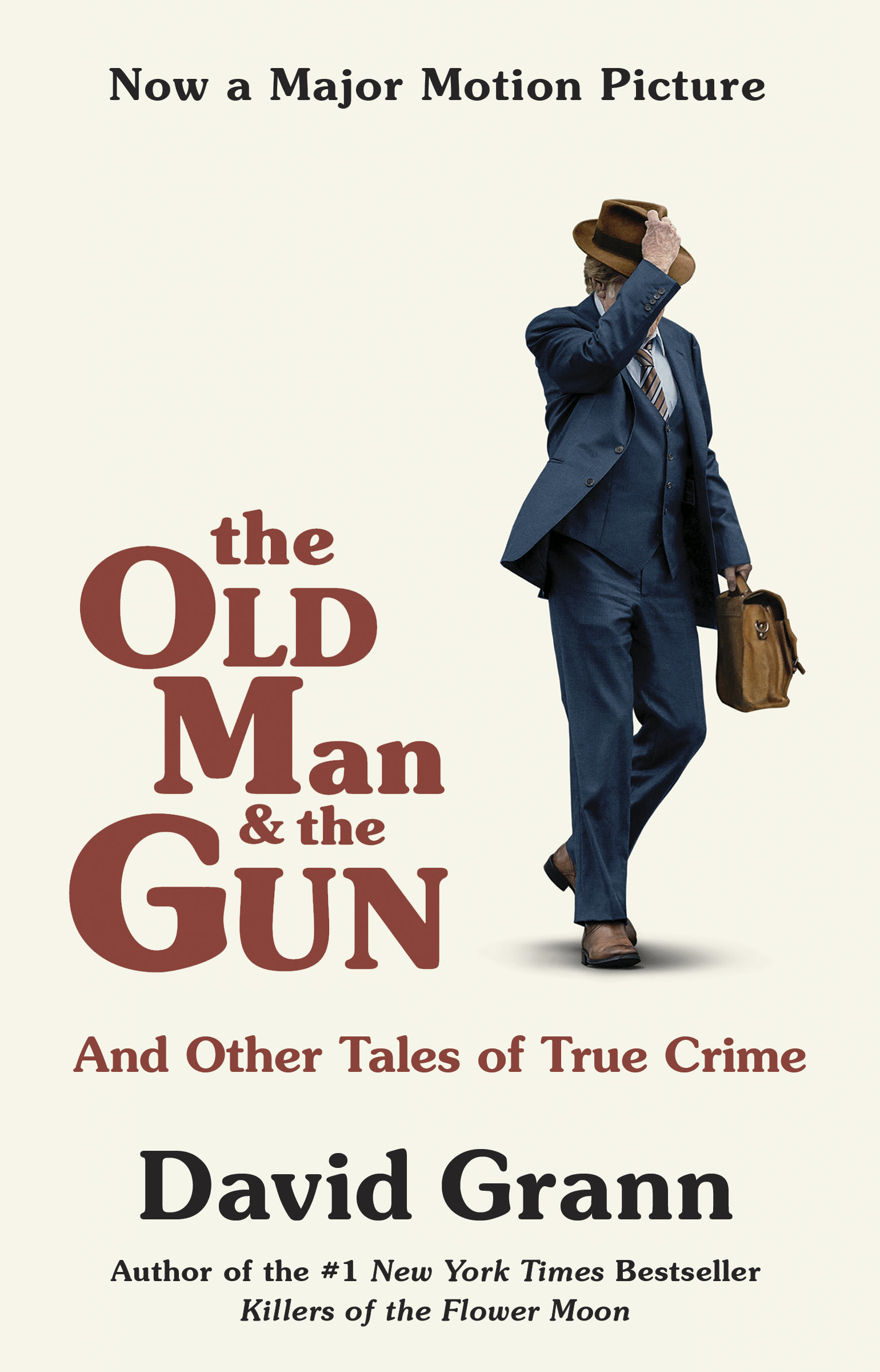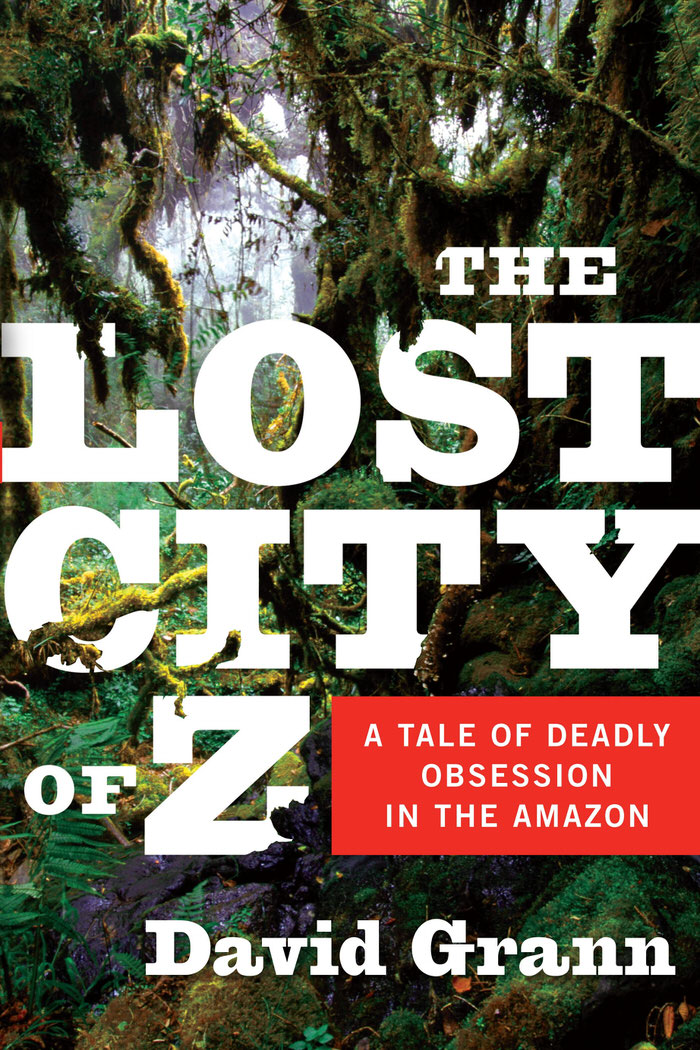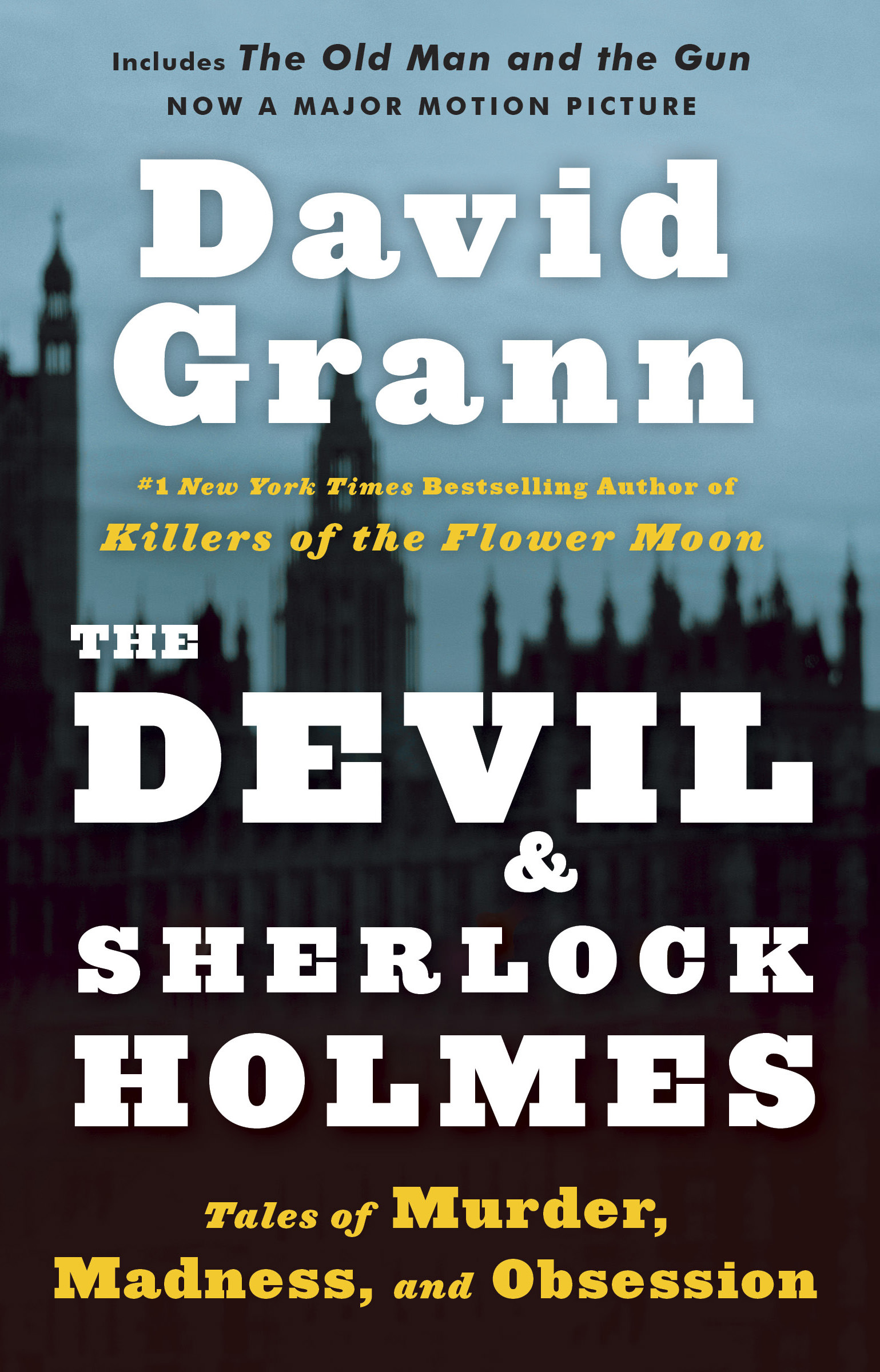The Wager
On January 28, 1742, a ramshackle vessel of patched-together wood and cloth washed up on the coast of Brazil. Inside were thirty emaciated men, barely alive, and they had an extraordinary tale to tell. They were survivors of His Majesty’s Ship the Wager, a British vessel that had left England in 1740 on a secret mission during an imperial war with Spain. While the Wager had been chasing a Spanish treasure-filled galleon known as “the prize of all the oceans,” it had wrecked on a desolate island off the coast of Patagonia. The men, after being marooned for months and facing starvation, built the flimsy craft and sailed for more than a hundred days, traversing 2500 miles of storm-wracked seas. They were greeted as heroes.
But then…six months later, another, even more decrepit craft landed on the coast of Chile. This boat contained just three castaways, and they told a very different story. The thirty sailors who landed in Brazil were not heroes – they were mutineers. The first group responded with countercharges of their own, of a tyrannical and murderous senior officer and his henchmen. It became clear that while stranded on the island the crew had fallen into anarchy, with warring factions fighting for dominion over the barren wilderness. As accusations of treachery and murder flew, the Admiralty convened a court martial to determine who was telling the truth. The stakes were life-and-death—for whomever the court found guilty could hang.
THE WAGER is a grand tale of human behavior at the extremes told by one of our greatest nonfiction writers. Grann’s recreation of the hidden world on a British warship rivals the work of Patrick O’Brian, his portrayal of the castaways’ desperate straits stands up to the classics of survival writing such as THE ENDURANCE, and his account of the court martial has the savvy of a Scott Turow thriller. As always with Grann’s work, the incredible twists of the narrative hold the reader spellbound. Most powerfully, he unearths the deeper meaning of the events, showing that it was not only the Wager’s captain and crew who were on trial – it was the very idea of empire.
Killers of the Flower Moon
In the 1920s, the richest people per capita in the world were members of the Osage Indian nation in Oklahoma. After oil was discovered beneath their land, they rode in chauffeured automobiles, built mansions, and sent their children to study in Europe.
Then, one by one, the Osage began to be killed off. The family of an Osage woman, Mollie Burkhart, became a prime target. Her relatives were shot and poisoned. And it was just the beginning, as more and more members of the tribe began to die under mysterious circumstances.
In this last remnant of the Wild West—where oilmen like J. P. Getty made their fortunes and where desperadoes like Al Spencer, the “Phantom Terror,” roamed—many of those who dared to investigate the killings were themselves murdered. As the death toll climbed to more than twenty-four, the FBI took up the case. It was one of the organization’s first major homicide investigations and the bureau badly bungled the case. In desperation, the young director, J. Edgar Hoover, turned to a former Texas Ranger named Tom White to unravel the mystery. White put together an undercover team, including one of the only American Indian agents in the bureau. The agents infiltrated the region, struggling to adopt the latest techniques of detection. Together with the Osage they began to expose one of the most chilling conspiracies in American history.
In Killers of the Flower Moon, David Grann revisits a shocking series of crimes in which dozens of people were murdered in cold blood. Based on years of research and startling new evidence, the book is a masterpiece of narrative nonfiction, as each step in the investigation reveals a series of sinister secrets and reversals. But more than that, it is a searing indictment of the callousness and prejudice toward American Indians that allowed the murderers to operate with impunity for so long. Killers of the Flower Moon is utterly compelling, but also emotionally devastating.
Praise for Killers of the Flower Moon
‟The best book of the year so far.”
The Old Man and the Gun
“The Old Man and the Gun” is the incredible story of a bank robber and prison escape artist who modelled himself after figures like Pretty Boy Floyd and who, even in his seventies, refuses to retire. “True Crime” follows the twisting investigation of a Polish detective who suspects that a novelist planted clues in his fiction to an actual murder. And “The Chameleon” recounts how a French imposter assumes the identity of a missing boy from Texas and infiltrates the boy’s family, only to soon wonder whether he is the one being conned. In this mesmerizing collection, David Grann shows why he has been called a “worthy heir to Truman Capote” and “simply the best narrative nonfiction writer working today," as he takes the reader on a journey through some of the most intriguing and gripping real-life tales from around the world.
Praise for The Old Man and the Gun
‟Horrifying, hilarious and outlandish.”
The White Darkness
Henry Worsley was a devoted husband and father and a decorated British special forces officer who believed in honor and sacrifice. He was also a man obsessed. He spent his life idolizing Ernest Shackleton, the nineteenth-century polar explorer, who tried to become the first person to reach the South Pole, and later sought to cross Antarctica on foot. Shackleton never completed his journeys, but he repeatedly rescued his men from certain death, and emerged as one of the greatest leaders in history.
Worsley felt an overpowering connection to those expeditions. He was related to one of Shackleton’s men, Frank Worsley, and spent a fortune collecting artifacts from their epic treks across the continent. He modeled his military command on Shackleton’s legendary skills and was determined to measure his own powers of endurance against them. He would succeed where Shackleton had failed, in the most brutal landscape in the world. In 2008, Worsley set out across Antarctica with two other descendants of Shackleton’s crew, battling the freezing, desolate landscape, life-threatening physical exhaustion, and hidden crevasses. Yet when he returned home he felt compelled to go back. On November 2015, at age 55, Worsley bid farewell to his family and embarked on his most perilous quest: to walk across Antarctica alone.
David Grann tells Worsley’s remarkable story with the intensity and power that have led him to be called “simply the best narrative nonfiction writer working today.” Illustrated with more than fifty stunning photographs from Worsley’s and Shackleton’s journeys, The White Darkness is both a gorgeous keepsake volume and a spellbinding story of courage, love, and a man pushing himself to the extremes of human capacity.
Killers of the Flower Moon: Young Readers Edition
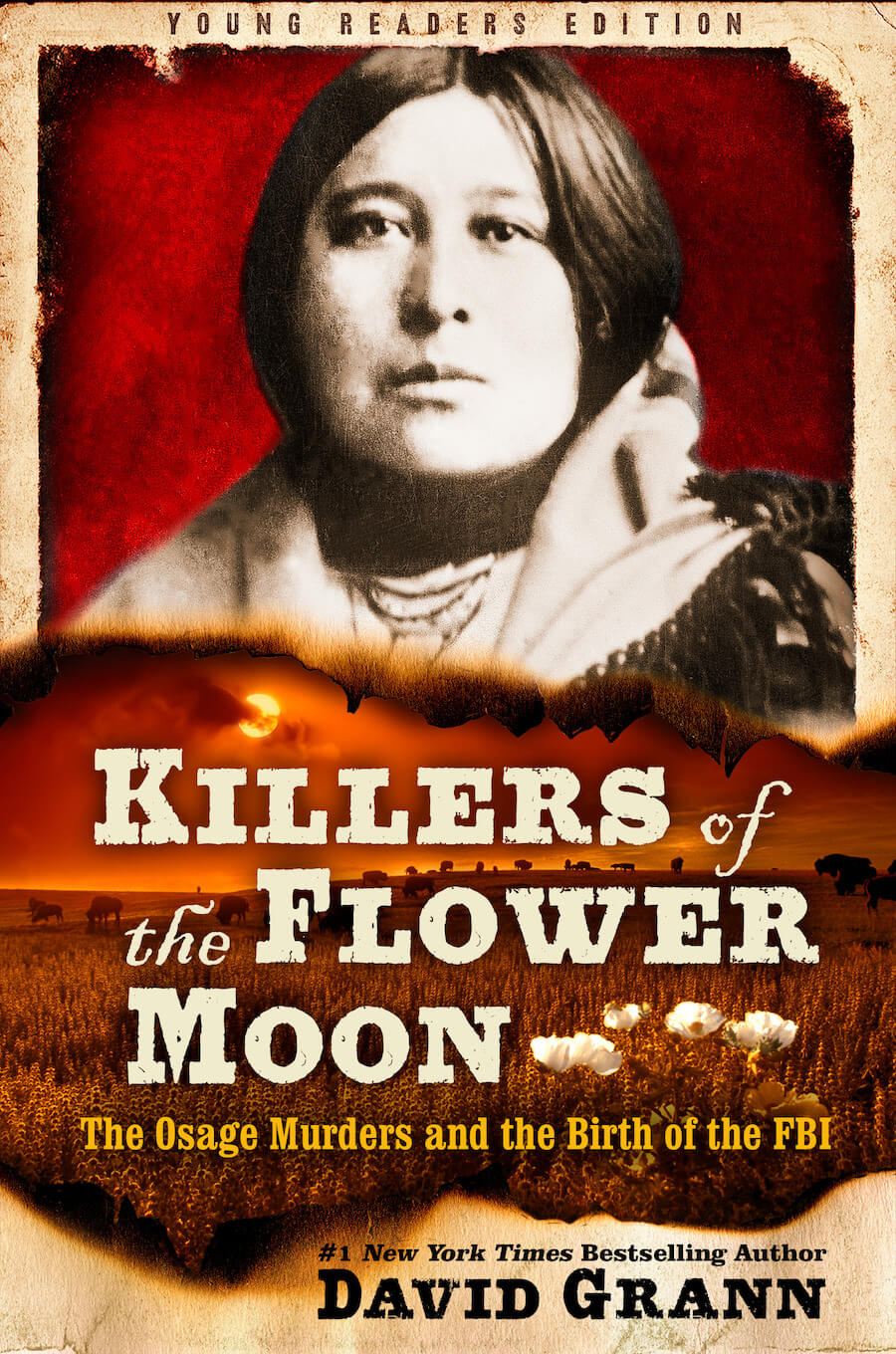
- Nonfiction
- (hardcover)
- Crown Books for Young Readers
November 16, 2021
9780593377345 - (ebook)
- 9780593377369
This essential book introduces young readers to the Reign of Terror against the Osage people–one of history’s most ruthless and shocking crimes.
In the 1920s, the richest people per capita in the world were members of the Osage Nation in Oklahoma, thanks to the oil that was discovered beneath their land. Then, one by one, the Osage began to die under mysterious circumstances, and anyone who tried to investigate met the same end.
As the death toll surpassed more than twenty-four Osage, the newly created Bureau of Investigation, which became the FBI, took up the case, one of the organization’s first major homicide investigations. An undercover team, including one of the only Native American agents in the bureau, infiltrated the region, struggling to adopt the latest modern techniques of detection. Working with the Osage, they began to expose one of the most chilling conspiracies in American history.
In this adaptation of the adult bestseller, David Grann revisits his gripping investigation into the shocking crimes against the Osage people. The book is a searing indictment of the callousness and prejudice toward Native Americans that allowed the murderers to occur for so long.
Middle Grade (10 and up)
Praise for Killers of the Flower Moon: Young Readers Edition
‟An eye-opening, challenging, and thoroughly sourced saga that will open the door to many necessary conversations.”
The Lost City Of Z
After stumbling upon a hidden trove of diaries, acclaimed New Yorker writer David Grann set out to solve “the greatest exploration mystery of the twentieth century”: What happened to the British explorer Percy Fawcett and his quest for the Lost City of Z?
In 1925, Fawcett ventured into the Amazon to find an ancient civilization, hoping to make one of the most important discoveries in history. For centuries Europeans believed the world’s largest jungle concealed the glittering kingdom of El Dorado. Thousands had died looking for it, leaving many scientists convinced that the Amazon was truly inimical to humankind. But Fawcett, whose daring expeditions helped inspire Conan Doyle’s The Lost World, had spent years building his scientific case. Captivating the imagination of millions around the globe, Fawcett embarked with his twenty-one-year-old son, determined to prove that this ancient civilization – which he dubbed “Z” – existed. Then he and his expedition vanished.
Fawcett’s fate—and the tantalizing clues he left behind about “Z” –became an obsession for hundreds who followed him into the uncharted wilderness. For decades scientists and adventurers have searched for evidence of Fawcett’s party and the lost City of Z. Countless have perished, been captured by tribes, or gone mad. As David Grann delved ever deeper into the mystery surrounding Fawcett’s quest, and the greater mystery of what lies within the Amazon, he found himself, like the generations who preceded him, drawn into the jungle’s “green hell.” His quest for the truth, and his stunning discoveries about Fawcett’s fate and “Z,” form the heart of this enthralling narrative.
Praise for The Lost City Of Z
The Devil and Sherlock Holmes
Whether he’s reporting on the infiltration of the murderous Aryan Brotherhood into the U.S. prison system, tracking down a chameleon con artist in Europe, or riding in a cyclone-tossed skiff with a scientist hunting the elusive giant squid, David Grann revels in telling stories that explore the nature of obsession and that peel back hidden, often dangerous realms. This breathtaking collection includes stories about the foremost expert on Sherlock Holmes who is found dead in mysterious circumstances, about an arson sleuth trying to prove that a man about to be executed is innocent, and about sandhogs racing to complete the brutally dangerous job of building New York City’s water tunnels before the old system collapses.
Throughout, Grann’s accounts display the full power—and often the perversity—of the human spirit. Compulsively readable, “The Devil and Sherlock Holmes” is a brilliant mosaic of ambition, madness, passion, and folly.

